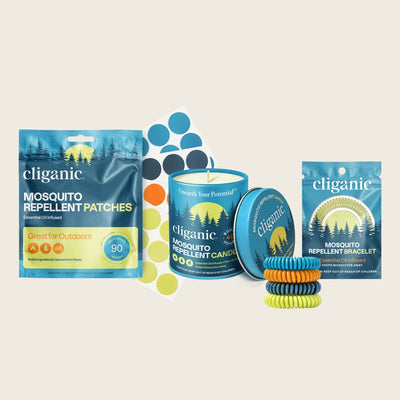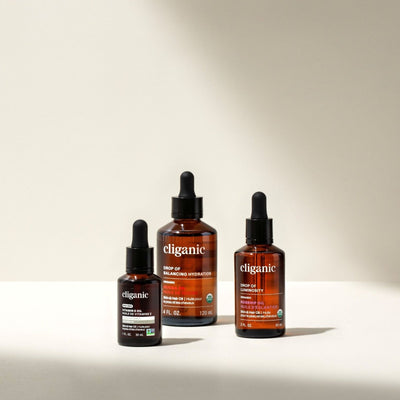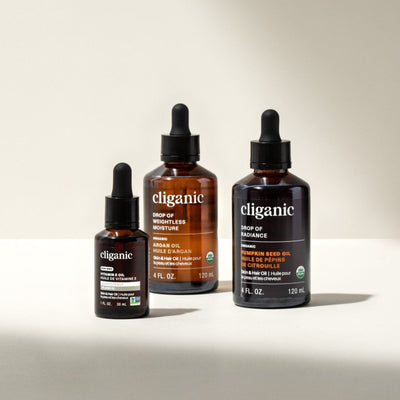
Exploring the Five Categories of Essential Oils
Have you ever wondered about the different categories of essential oils and how they can benefit your well-being? Essential oils have gained immense popularity in recent years, offering a wide range of therapeutic benefits and versatile uses. In this article, we will delve into the five essential oil categories, sharing their unique characteristics and highlighting popular oils within each category.
Five Categories of Essential Oils
There are five distinct categories of essential oils each representing different aromatic compositions and benefits to the body, spirit, and mind.

Citrus oils are extracted from cold-pressing the peels of citrus fruits such as oranges, lemons, limes, and grapefruits. Known for their uplifting and refreshing qualities, these oils are often used to boost mood, increase energy levels, and promote mental clarity. Popular citrus essential oils include sweet orange, lemon, bergamot, and grapefruit. To learn more about how you can use citrus essential oils, check out this article: Benefits of Orange Essential Oil.

Floral oils are derived from steam distilling the petals or leaves of various flowers, offering a wide range of aromas and therapeutic benefits. These oils are commonly associated with relaxation, stress relief, and emotional balance. Lavender, geranium, and ylang-ylang are some of the most popular floral essential oils, known for their calming and soothing properties. Interested in using floral essential oils, try this DIY: DIY Roll On to Attract Summer Love.

Herbal oils are extracted from steam distilling different parts of plants, including leaves, stems, and roots. These oils are renowned for their healing properties and are often used for their cleansing and soothing effects. Common herbal essential oils include tea tree, eucalyptus, peppermint, and rosemary, each offering unique benefits for the body and mind. To get started with using herbal essential oils, read this article: Facts About Organic Rosemary Essential Oil.

Woody oils are obtained from steam distilling the bark, wood, or roots of trees and shrubs. These oils are known for their grounding and balancing properties, making them ideal for promoting relaxation and enhancing focus. Sandalwood, cedarwood, and pine are popular woody essential oils that can help create a calming and comforting atmosphere. This easy DIY is a great way to embrace woody essential oils: DIY Aromatherapy Inhaler to Boost Your Confidence.

Safety Tips for Essential Oils
Before you begin using essential oils you must be educated on how to use them safely. First and foremost, never apply essential oils to your skin directly. Always combine them with carrier oil and perform a patch test before use to ensure you don’t have any allergic reactions. Additionally, spicy essential oils should be used sparingly (1-2 drops) as they can be very irritating. And lastly, be sure you select essential oils that are high-quality and pure. All Cliganic essential oils are USDA Certified Organic and third-party tested for purity.
Final Thoughts
Understanding the five categories of essential oils allows us to appreciate the diverse range of aromas and the therapeutic benefits they offer. Whether you seek relaxation, mental clarity, or physical well-being, there is an essential oil to suit your needs. Remember to choose high-quality oils from reputable sources and consult with a qualified aromatherapist or healthcare professional before using them. By incorporating essential oils into your daily routine, you can unlock their incredible potential and experience the transformative power of nature's aromatic treasures. Want to learn more about aromatherapy and essential oils, read this article: Do Essential Oils Really Work?


































